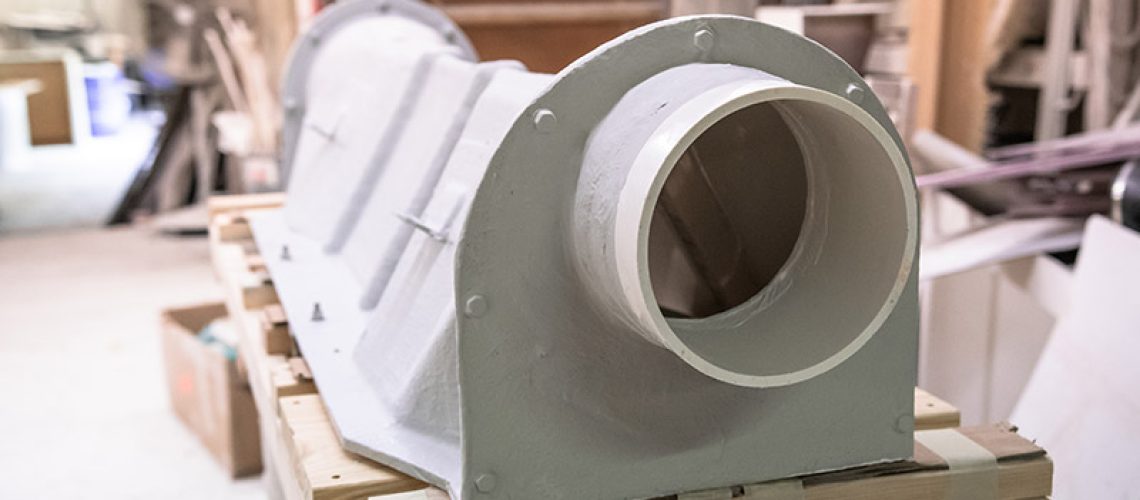Implementing flumes into pipe systems can be tricky, but several flume styles are specifically designed to fit within these kinds of systems. While these can work out just fine, there are a few problems you’ll need to watch out for if you want your flume to function properly and offer the accurate flow rate measurements you deserve. Learn about common problems with flumes in pipe systems, and discover what to avoid during installation.
Excessive Hydraulic Jump
Hydraulic jump describes a flow in which part of it falls unhindered rather than proceeding down a flow channel. This jump can happen whenever there are any gaps in the channel, such as when a pipe goes into a flume. With hydraulic jump, the flow loses its tranquility and uniform velocity, which doesn’t allow the flume to offer accurate flow rate readings.
Excessive hydraulic jump occurs most often when the flume is set lower than the inlet pipe, giving the flow a bit of free fall before it actually reaches the flume after exiting the pipe. To avoid this, ensure that the pipe and the flume are on the same level. Remember, hydraulic jump and any kind of upstream disturbance has to be prevented at least 10-20 throat widths before it reaches the flume. Set the floor of the flume in line with the pipe, and hydraulic jump won’t be a problem.
Excessive Pipe Slope
Even if there’s no hydraulic jump from the pipe to the flume, you can still have problems if the pipe slope isn’t set up correctly. This is why you have to consider where in the pipe system you’re going to install a flume. The slope can’t be too steep. If it is, your flow won’t be subcritical as it enters the flume, rendering your flow rate measurements functionally useless.
When the flow is already supercritical, as it would be coming out of a pipe with a steep slope, it won’t reach criticality as it passes through the throat of the flume because it’s already long past that point. When it shoots through the flume at that high of a velocity, the indicated flow rate will be much lower than it actually is, and there’s no easy way to adjust the equation to account for it. Generally, the pipe slope shouldn’t be greater than 2%, though bigger pipes’ slopes should be even less.
Poor Velocity Profile
One of the most important factors with any open channel flow is that it must have a normal velocity profile for measurements to be accurate. Unfortunately, there are quite a few upstream conditions that could alter this velocity profile, throwing off all the flume’s measurements. A faulty installation could prevent a normal velocity profile from forming as well.
A common issue is installing the fiberglass flume with the inlet pipe going too far into the flume itself. When it’s too close to the converging section, the flow never has a chance to develop a well-distributed velocity profile. No correction to the equation can be applied to account for this. Additionally, you may have to implement flow conditioners upstream if the pipe itself isn’t the problem.
Flumes From Tracom
Now that you know the common problems with flumes in pipe systems, you can get a flume of your own and avoid the pitfalls. That’s where Tracom can help. Our team can help you design and install a flume that offers accurate measurements within your pipe system. Contact us today to get started!



